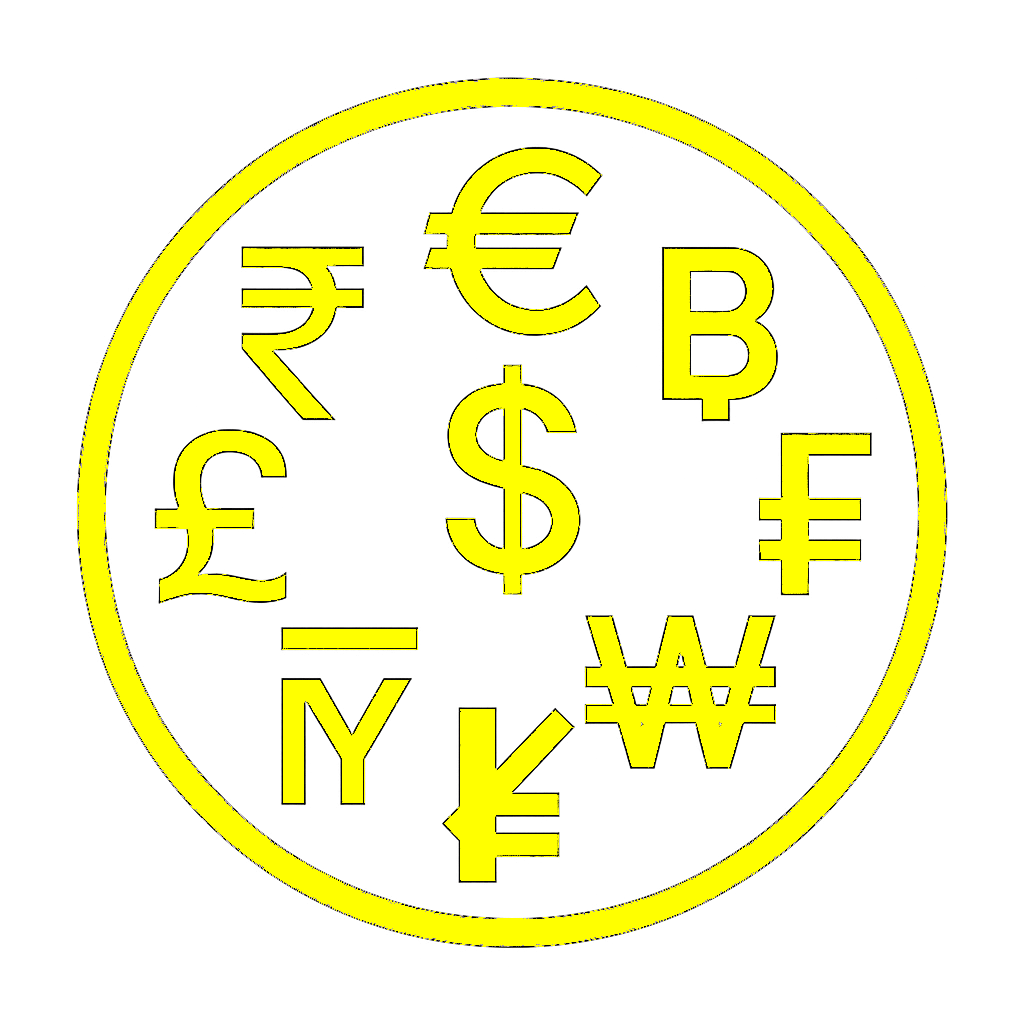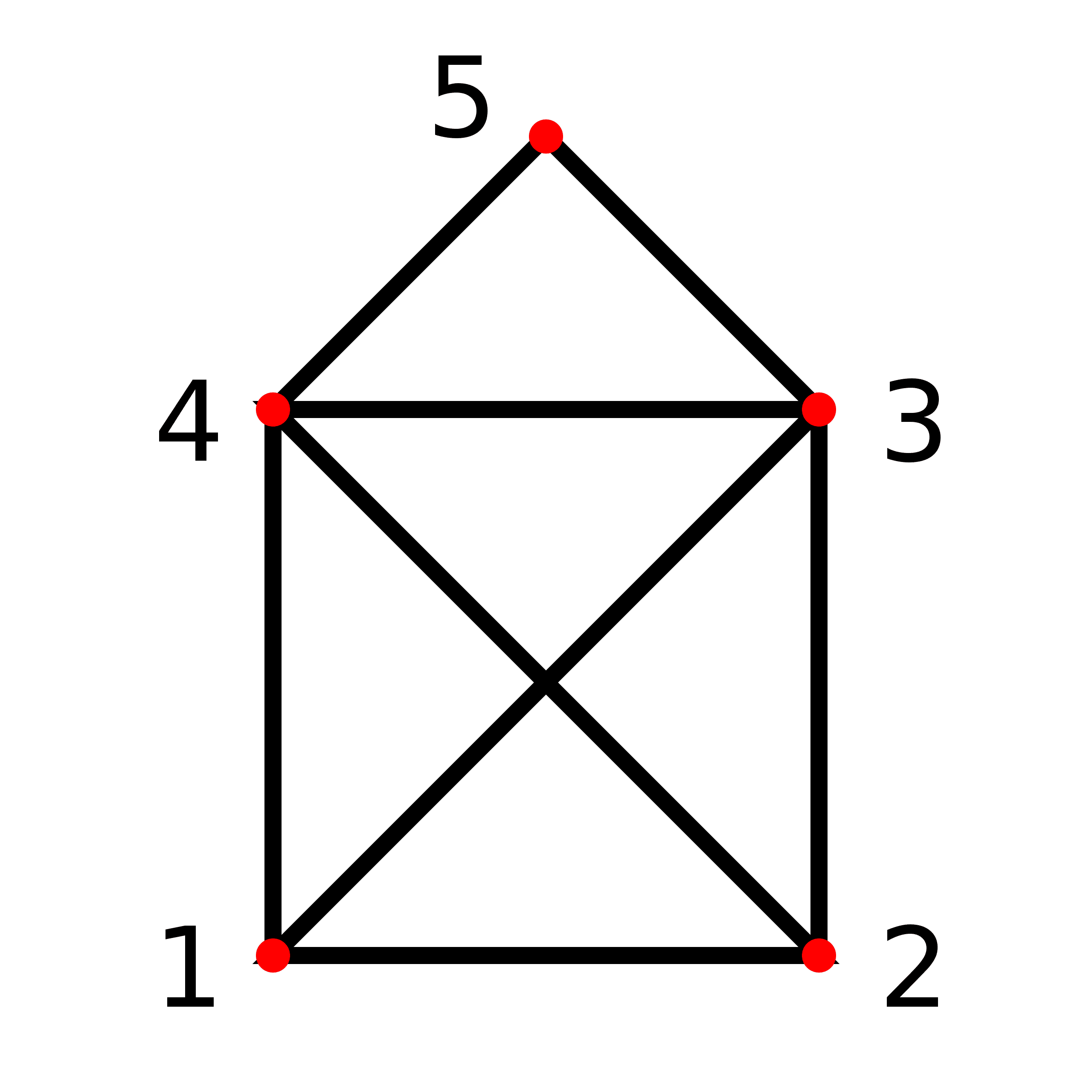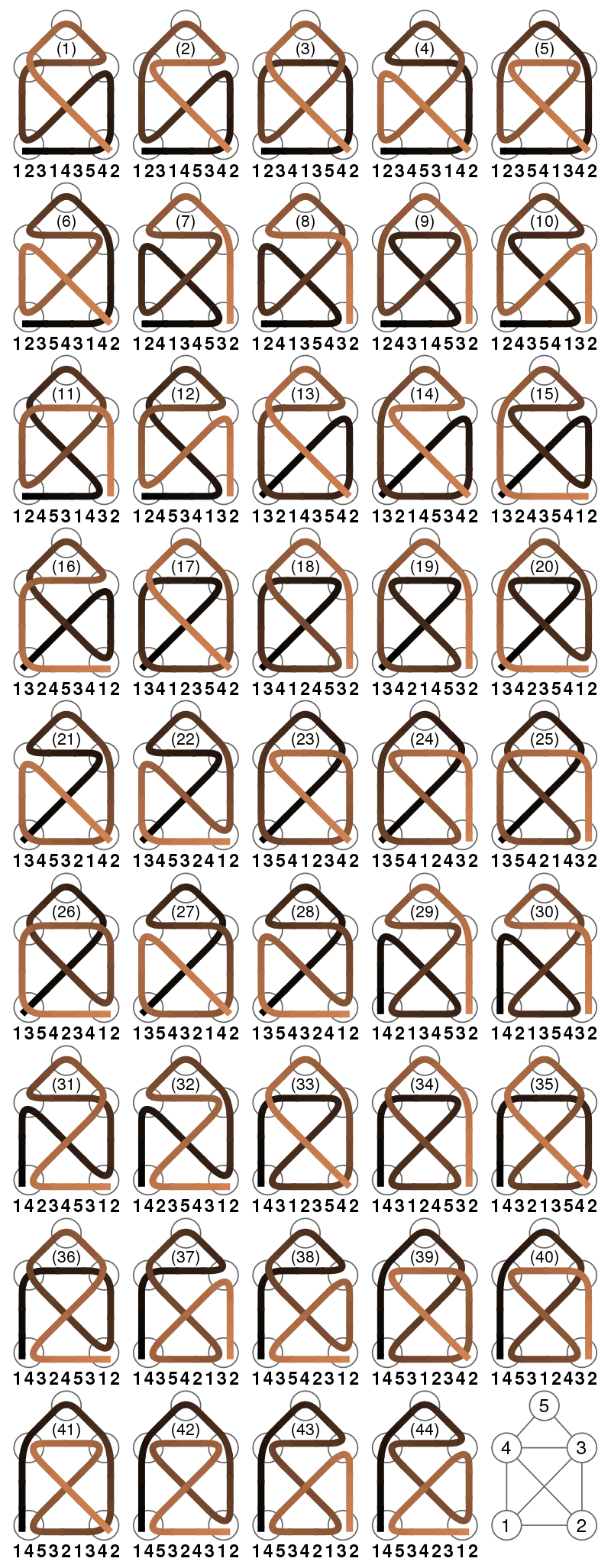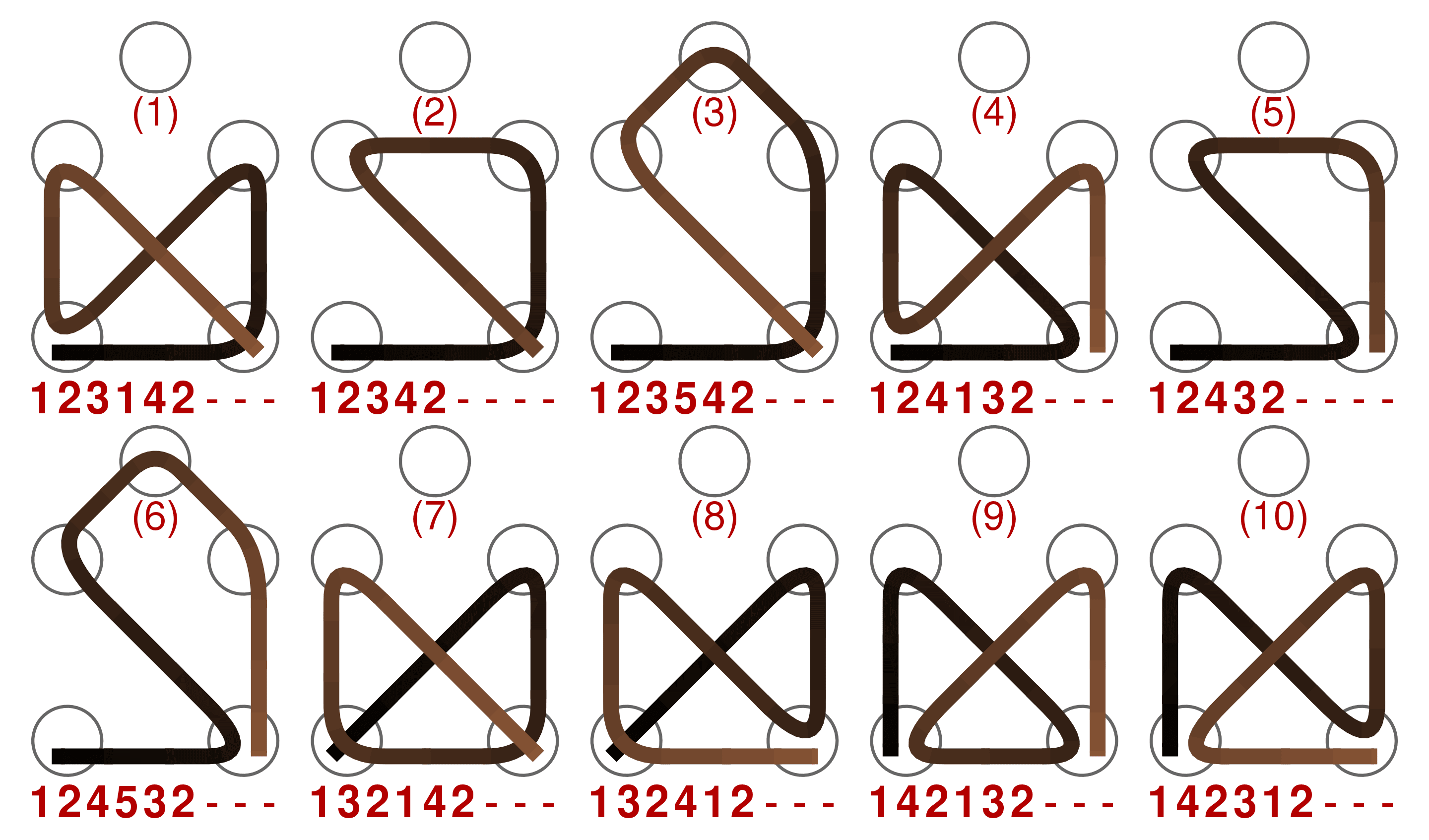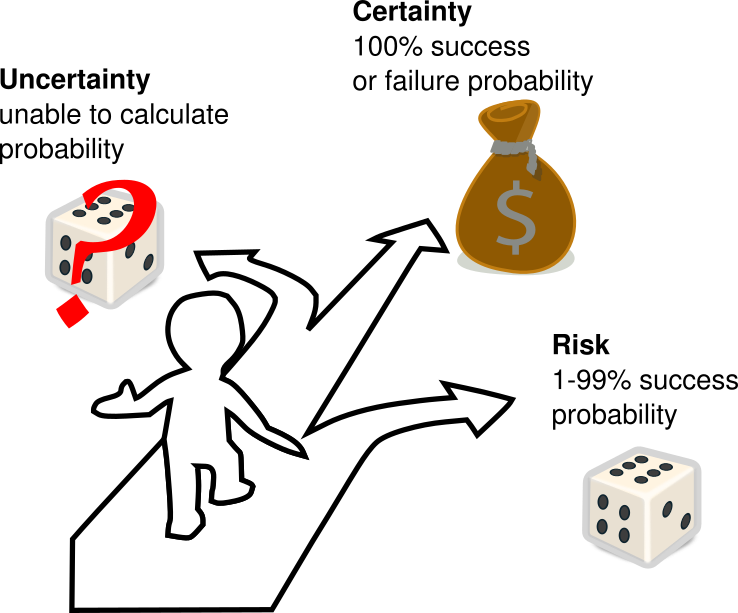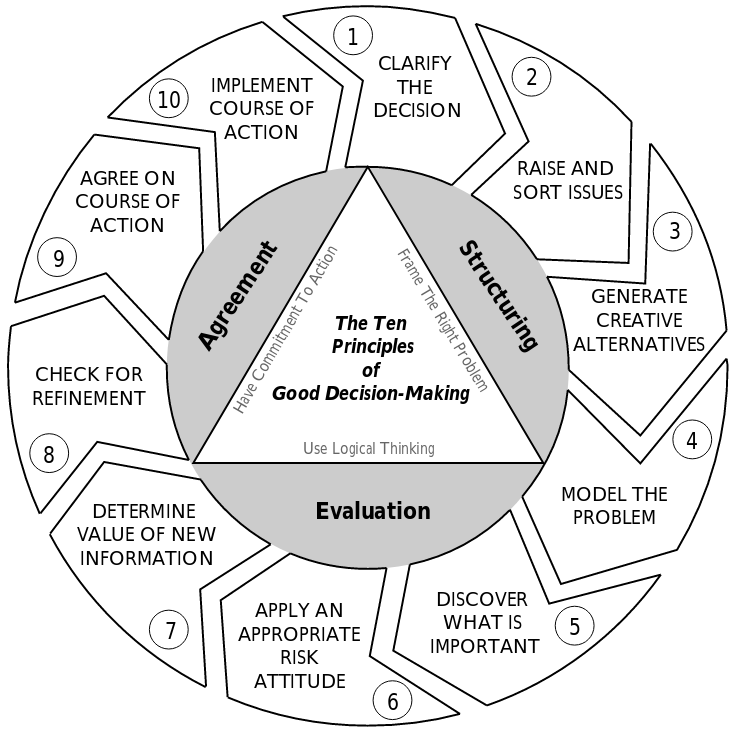16 Decision making basics
Required readings: Section 11.2 of Saylor Academy (2002).
Learning objectives:
Students will be able to:
- Make informed decisions with a clear understanding of their nature and purpose.
- Identify and explain the trade-offs involved in decision-making processes.
- Describe the different characteristics of various types of decisions.
- Utilize a range of decision-making strategies effectively.
- Explain the rational decision-making model and the concept of homo economicus.
- Discuss the concept of bounded rationality and its impact on human decision-making.
- Apply heuristics to enhance decision-making in practical situations.
16.1 Definition: Decision
The statement of Eilon (1969) still holds true:
“An examination of the literature reveals the somewhat perplexing fact that most books on management and decision theory do not contain a specific definition of what is meant by a decision. One can find detailed descriptions of decision trees, discussions of game theory and analyses of various statistical treatments of payoffs matrices under conditions of uncertainty, but the definition of the decision activity itself is often taken for granted and is associated with making a choice between alternative courses of action.”
The word decision stems from the latin verb decidere which can have different meanings including
- make explicit,
- put an end to,
- bring to conclusion,
- settle/decide/agree (on),
- die,
- end up,
- fail,
- fall in ruin,
- fall/drop/hang/flow down/off/over,
- sink/drop,
- cut/notch/carve to delineate,
- detach,
- cut off/out/down,
- fell.
Wikipedia (2024) defines decision making as follows:
“In psychology, decision-making […] is regarded as the cognitive process resulting in the selection of a belief or a course of action among several alternative possibilities. Decision-making is the process of identifying and choosing alternatives based on the values, preferences and beliefs of the decision-maker. Every decision-making process produces a final choice, which may or may not prompt action. […] Decision-making can be regarded as a problem-solving activity yielding a solution deemed to be optimal, or at least satisfactory. It is therefore a process which can be more or less rational or irrational…”
Let’s agree on the following working definition that is symbolized in Figure 16.1:
Fitzgerald (2002, p. 8): “A decision is the point at which a choice is made between alternative—and usually competing—options. As such, it may be seen as a stepping-off point—the moment at which a commitment is made to one course of action to the exclusion of others.”
Source: Picture is taken from https://pixabay.com
16.2 How to characterize decisions
Decision making is a process of investing time and effort to make a decision that leads to a results. Before we talk about the results, let’s discuss some (stereo) types of decisions that can help to design an appropriate decision making process. Using stereotypes and categorizations can be beneficial as they simplify complexities and provide guidance. For example, we often employ stereotypes to appropriately engage with others. When encountering a person dressed formally, it is generally advisable to approach them in a professional manner, even when uncertain of their preferences. In this case, our prior experiences help guide our behavior based on stereotypes.
According to Fitzgerald (2002, p. 9f) decisions can be roughly divided into two generic types:
- Routine decisions: Decisions that must be made at regular intervals.
- Non-routine: Unique, random, non-recurring decision situations.
Another common method of dividing decisions into two categories is as follows:
- Operative decisions: This type of decision usually involves day-to-day business operations. There is a lot of overlap with the routine category here. Examples of this type of decision include
- setting production levels,
- determining employee work shifts for the upcoming week to ensure adequate coverage,
- coordinating daily delivery routes for distributing products to customers,
- deciding to stop production or fix a problem if quality standards are not met during routine inspections, or, when it comes to decisions in our daily lives,
- where, what, when, and what to eat for lunch.
- Strategic decisions: These decisions typically concern long-term company policies and direction. Examples include
- entering a new market or exiting an industry,
- choosing a corporate design, or
- acquiring a competitor.
- In our personal lives, a strategic decision might be choosing between renting an apartment near the university or commuting from our parents’ home.
People often distinguish between decisions at work and private decisions. Private decisions affect fewer people on average, but usually the people involved are closer to you personally. However, both types of decisions involve the same things such as people (human resources), money (budgeting), buying and selling (marketing), how we do something (operations) or how we want to do it in the future (strategy and planning).
Some decisions are more important than others because the potential impact of a decision varies, that is, the scope of a decision. For example, decisions can affect one person or millions, one pound/dollar or millions, one product/service or an entire market, one day or ten years, etc.
However, it is not entirely clear how to validate the scope. It depends heavily on the perspective of the decision-maker. For a small company, for example, an investment of 10,000 euros may be a big decision, while for a multinational cooperation it is a drop in the ocean. So the scope for decisions is relative, not absolute. It depends entirely on the context in which the decision is made and on the characteristics of the person(s) making it.
Source: CEOpedia (2021)
There are three general conditions (see Figure 16.7) that determine the design of the optimal decision making process:
Certainty: A condition under which taking a decision involves reasonable degree of certainty about its result, what are the opportunities and what conditions accompany this decision.
Risk: A condition under which taking a decision involves reasonable degree of certainty about its result, what are the opportunities and what conditions accompany this decision.
Uncertainty: A condition in which decision maker does not know all the choices, as well as risks associated with each of them and possible consequences.
